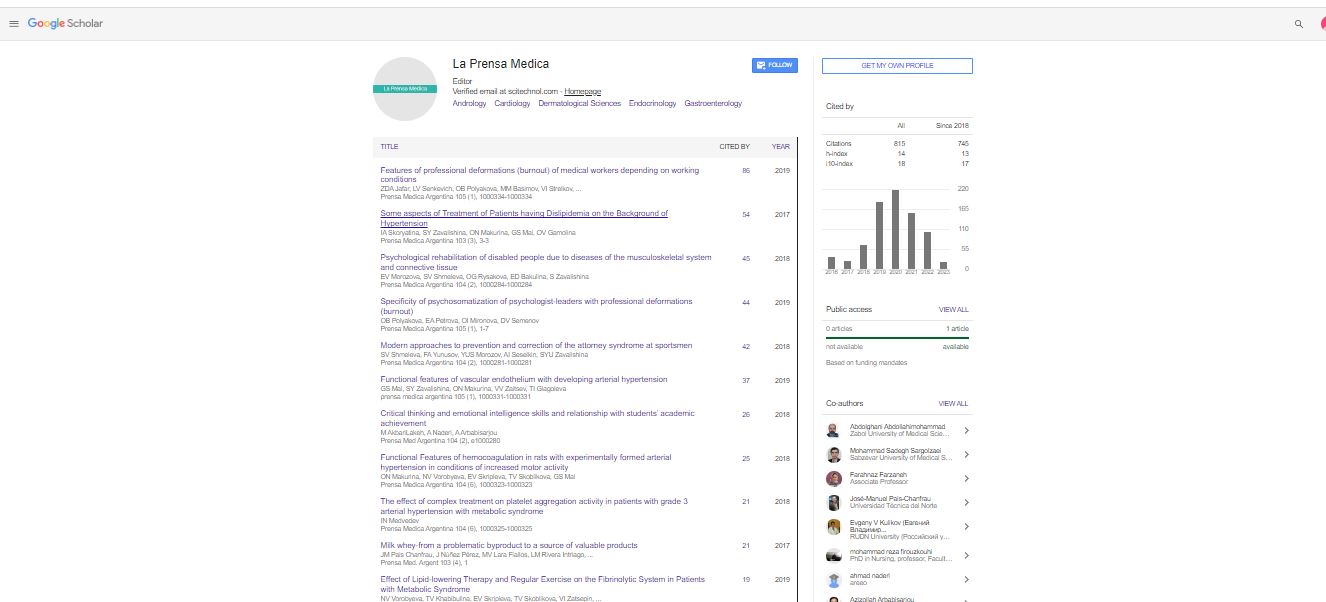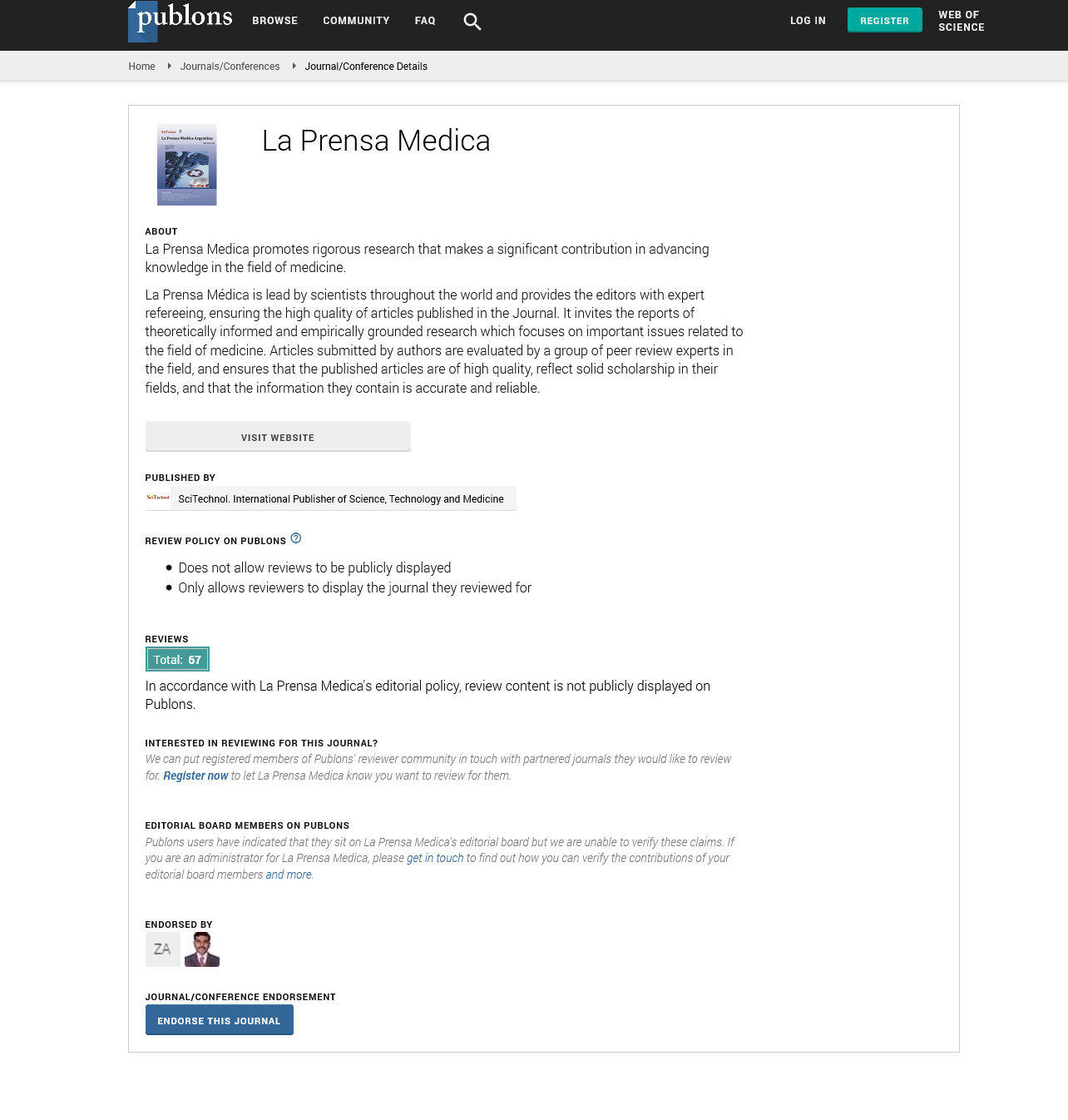Short Communication, Lpm Vol: 0 Issue: 0
Risk factors for bacteremia in severely malnourished pneumonic children and their outcome
Abu Sadat Mohammad Sayeem Bin Shahid*
Tahmeed Ahmed, K M Shahunja and Mohammod Jobayer Chisti International Centre for Diarrhoeal Disease Research, Bangladesh
Abstract
Background: Bacteremia is quite common in Severe Acute Malnourished (SAM) children with pneumonia, who often experience a fatal outcome, especially in developing countries. There is limited information in the medical literature on the risks of bacteremia in SAM children with pneumonia. We have examined the factors associated with bacteremia and their outcome in under-five children who were hospitalized for the management of pneumonia and SAM.
Methods: In this unmatched case-control study, SAM children of either sex, aged 0-59 months, admitted to the Dhaka Hospital of the International Centre for Diarrheal Disease Research, Bangladesh (icddr,b) with cough or respiratory distress and radiological pneumonia during April 2011 to July 2012 were enrolled (n=405). Those with pneumonia as well as bacteremia constituted the cases (n=18) and randomly selected SAM children with pneumonia without bacteremia constituted controls (n=54).
Results: A wide range of bacterial pathogens were isolated among the cases of which 13 (72%) were Gram negatives. Death rate was higher among the cases than the controls (28% vs. 9%) but the difference was not statistically significant (p=0.111). In logistic regression analysis, after adjusting for potential confounders, such as the lack of DPT/oral polio/ HIV/hepatitis vaccination, measles vaccination, vomiting and clinical dehydration (some/severe) the SAM children with pneumonia as well as bacteremia more often had the history of lack of BCG vaccination (95% CI=1.17-29.98) and had diastolic hypotension (<50 mm of Hg) (95% Cl= 1.01-12.86) not only after correction of dehydration but also in its absence. Conclusion: The results of our study suggest that history of lack of BCG vaccination and presence of diastolic hypotension in absence of dehydration on admission are the independent predictors of bacteremia in SAM children with pneumonia. The results indicate the importance of continuation of BCG vaccination to produce benefits beyond the primary benefits.
Keywords: Bacteremia, Malnourish, Pneumonic children
Introduction
Over the last two decades, pneumonia remained the leading cause of global under-five childhood deaths , representing an estimated 1.4 million out of the total 7.6 million deaths in this population in 2010. The risk of death is high when children with pneumonia have the comorbidity of severe acute malnutrition (SAM) and has been reported to be 15 times higher compared to deaths in children who did not have SAM . Children with severe wasting or severe under-nutrition, or nutritional edema were considered as SAM. Most of these pneumonia and diarrhea related deaths in SAM children occur in the critical care wards of developing countries . However, clinical features of pneumonia in children with SAM often remain subtle. Health workers, particularly in resource constrained settings may be less confident in identifying clinical features for the diagnosis of pneumonia in SAM children and as a result they might offer only oral antibiotics following recent WHO recommendations if the SAM children do not have any complications. The bacterial pathogens causing pneumonia in SAM children are often different than those in better-nourished children. Therefore, the subtle clinical signs and different etiology of pneumonia in SAM children may necessitate first dose of parenteral antibiotics before their referral to tertiary hospitals with the objectives to reduce morbidity and death. However, this management approach might not be feasible at every health care facility in resource limited settings due to lack of funds. From this perspective, identification of simple clinical cues for fatal outcome in SAM children with pneumonia may prove very useful to health professionals, particularly health workers in making referral decisions. However, there is lack of information on factors predictive of death in such children. With these contexts, we planned our study to identify simple clinically recognizable predictors of death in hospitalized, underfive SAM children with pneumonia. Results: There were 35 cases and 105 controls. Cases more often had vomiting, abnormal mental status, and systolic hypotension (<70 mm of Hg) in absence of dehydration or after correction of existing dehydration compared to the controls (Table 1). Cases more often presented with lower Hct% on admission compared to controls (27.7±6.1 vs. 31.5±6.1; p<0.001), but admission Hct% of the children who received blood transfusion was comparable among the cases and the controls (26.3±6.6 vs. 20.8±8.4; p=0.176). In logistic regression analysis, after adjusting for potential confounders, such as vomiting, abnormal mental status, and systolic hypotension in the absence of or after correction of existing dehydration, under-five SAM children with pneumonia more often had hypoxemia, clinical dehydration (some/severe) and abdominal distension at admission, and received blood transfusion (Table 2). The distribution of age, WAZ, WHZ, sex, residence, socio-economic status, working mother, lack of vaccinations, non-breast-fed, AWD, nutritional edema, hypoglycemia diagnosed at bedside, and heart failure were equally distributed among the cases and the controls Discussion: We observed that blood transfusion used for the management of refractory systolic hypotension revealed as the independent predictor for death in under-five SAM children with pneumonia – a very important information for clinicians in critical care wards of developing countries. WHO recommends blood transfusion in severely malnourished children who do not recover from septic shock even after infusion of consecutive two boluses of isotonic fluid. The protocolized management of such children in our hospital followed this recommendation. Systolic hypotension, in addition to features of sepsis (defined by our local guideline) are used as the marker of septic shock in SAM children, especially in resource limited settings. Children with systolic hypotension and unresponsive to crystalloid received blood transfusion but did not receive diuretics and had frequent fatal outcome. We do not have any ready explanation for this finding. All of our study children received blood transfusion due to septic shock refractive to fluid therapy, which might be due to septic myocardial dysfunction characterized by decrease in ejection fraction with dilatation of ventricles. Death in this special population is often very high even with adequate treatment not only in developing countries but also in developed countries. Recent data suggest that reduction of alveolar epithelial sodium and chloride transport in pneumonic SAM children impedes clearance of fluid from the alveolar exudates.
 Spanish
Spanish  Chinese
Chinese  Russian
Russian  German
German  French
French  Japanese
Japanese  Portuguese
Portuguese  Hindi
Hindi 

